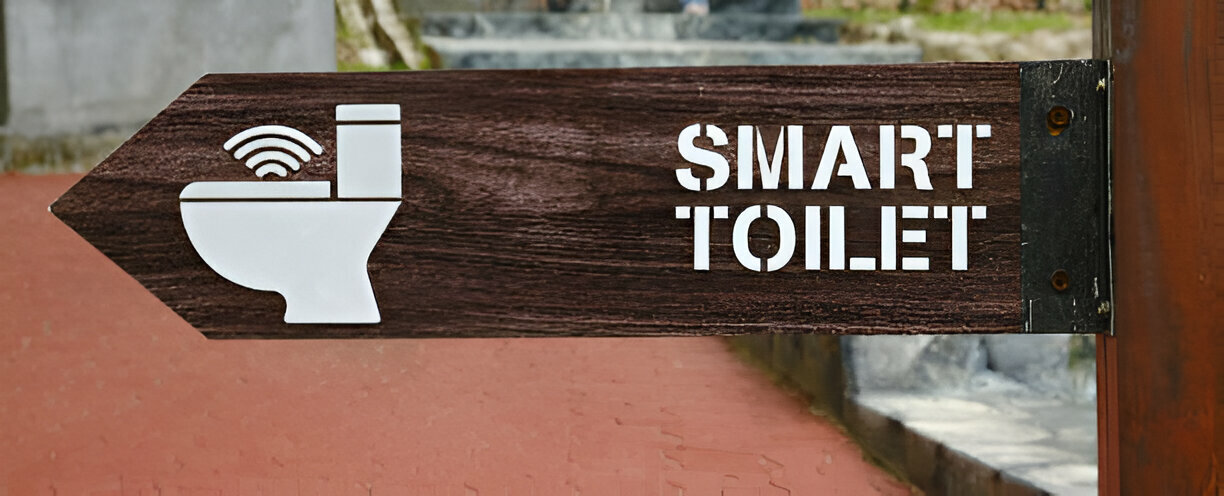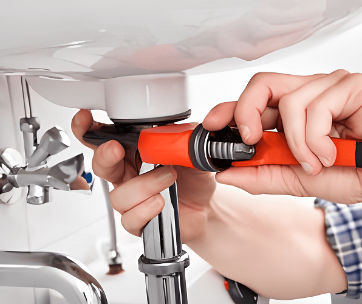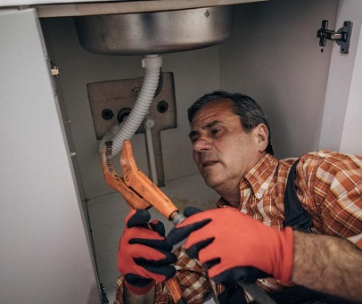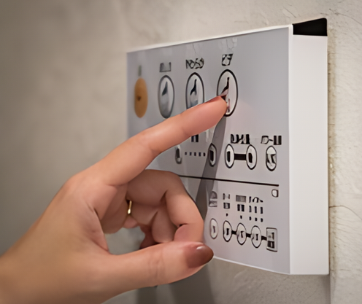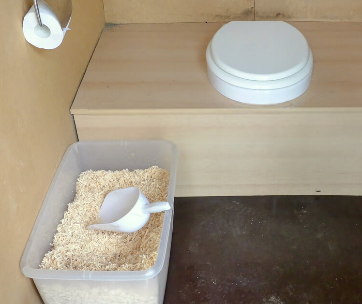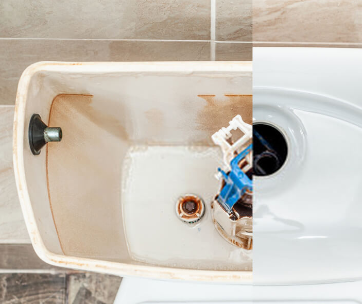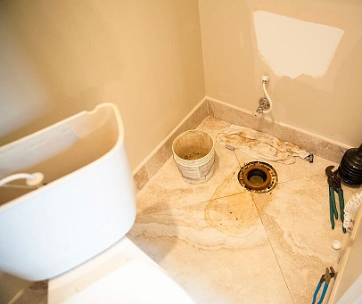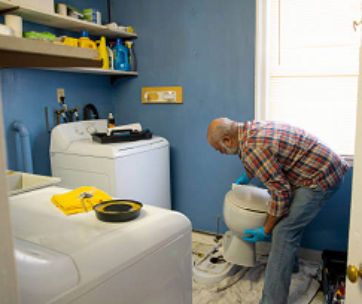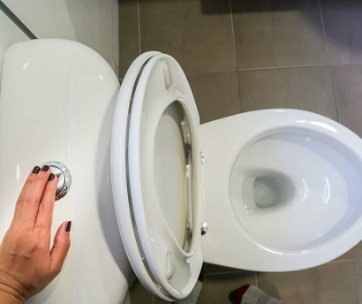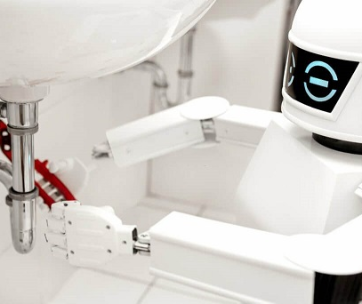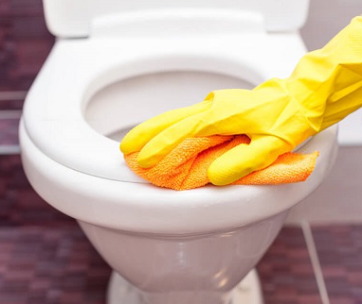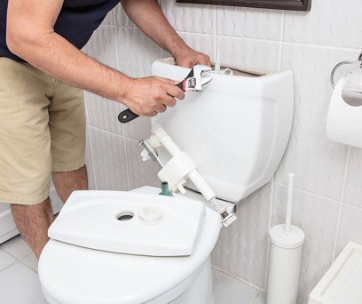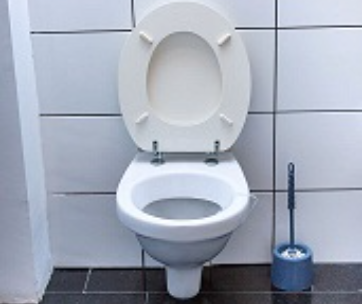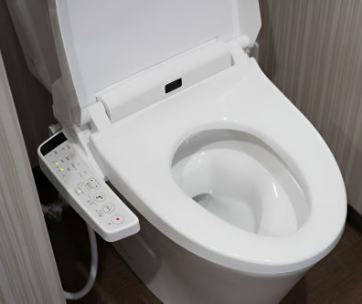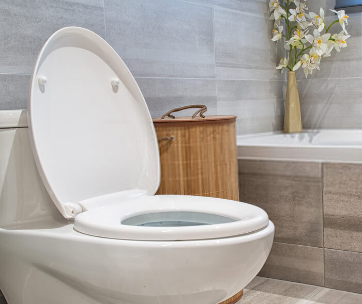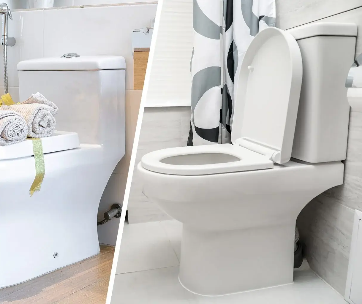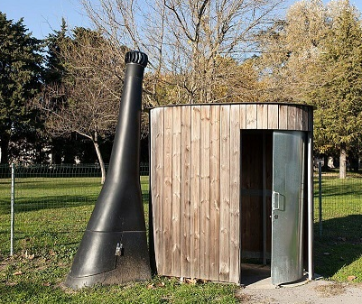Artificial intelligence (AI) is transforming nearly every aspect of our lives, and toilet technology has not been left behind. The invention of AI-powered smart toilets is reshaping how people experience hygiene, health monitoring, and sustainability in their daily routines. These advanced toilets offer more than just automated flushing; they integrate AI-driven features like health diagnostics, voice controls, and personalized settings, making them an important addition to modern smart homes.
As consumer demand for convenience and hygiene continues to rise, AI-powered smart toilets are set to transition from luxury items to essential fixtures in everyday life. These advanced toilets integrate cutting-edge technology to enhance user experience, offering features such as automatic lid opening, integrated bidet functionality with adjustable water temperature and pressure, self-cleaning capabilities, and personalized settings that cater to individual preferences.
The evolution of AI-powered smart toilets has been remarkable, driven by innovations in sensor technology, IoT connectivity, and user-interface design. This article will dive deeper into the technological advancements that have shaped smart toilets, examining how they improve sanitation and promote health, reduce water usage, and contribute to the overall efficiency of toilet spaces in modern homes and public facilities.
As these products continue to advance, their potential to substantially influence our daily routines and expectations surrounding hygiene will become increasingly significant, positioning them as an important aspect of contemporary living.
How Do AI Smart Toilets Enhance Life?
1. Health Monitoring and Diagnostics
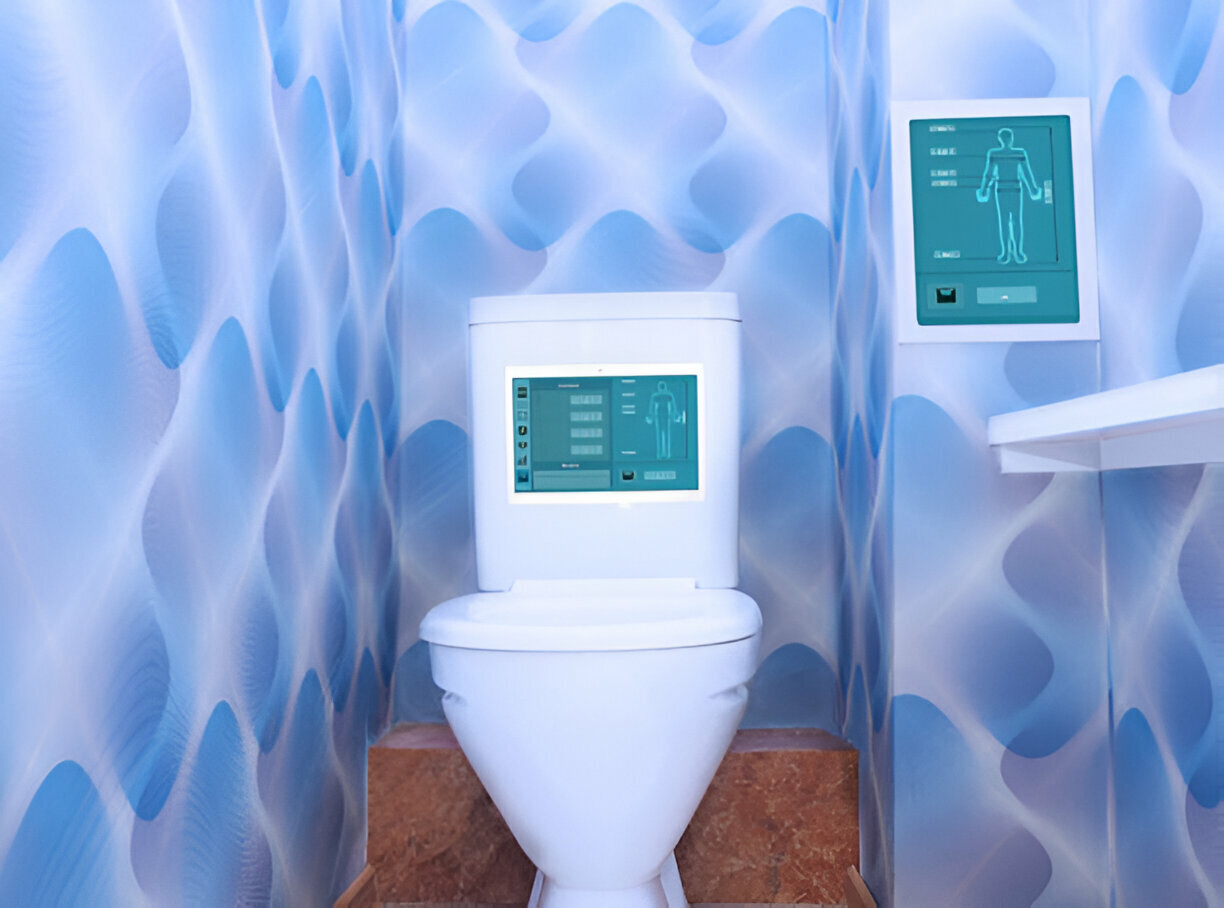
One of the most groundbreaking features of AI-powered smart toilets is their capacity to conduct detailed analyses of human waste to provide valuable health insights. These state-of-the-art toilets are outfitted with sophisticated sensors and advanced machine-learning algorithms that meticulously examine urine and stool samples.
By identifying deviations from normal health parameters, these devices can potentially detect early indicators of a variety of health issues, including kidney disease, dehydration, gastrointestinal disorders, and metabolic imbalances.
2. Personalized User Experience
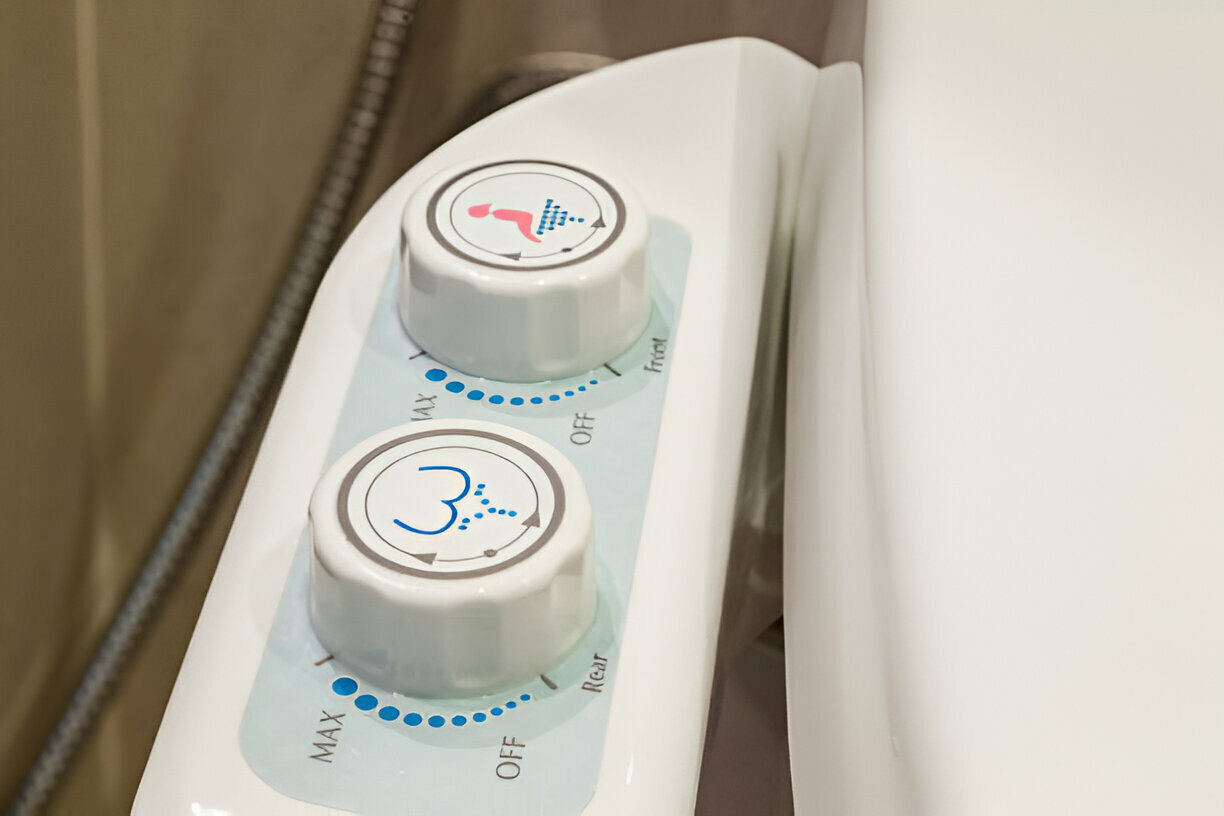
AI-driven smart toilets have evolved to offer personalized experiences tailored to the needs of individual users. These advanced systems utilize facial recognition or user profiles to identify who is using the toilet, allowing for a range of customizable settings. Features include automatic seat temperature control that adjusts to the user's preferred warmth.
The bidet function can be fine-tuned, providing specific water pressure and temperature that align with user preferences for an optimal cleansing experience. In addition to these comforts, smart toilets can also include customizable lighting options, allowing users to select their preferred brightness and color, which enhances the overall atmosphere of the toilet setting.
3. Touchless and Voice-Activated Controls
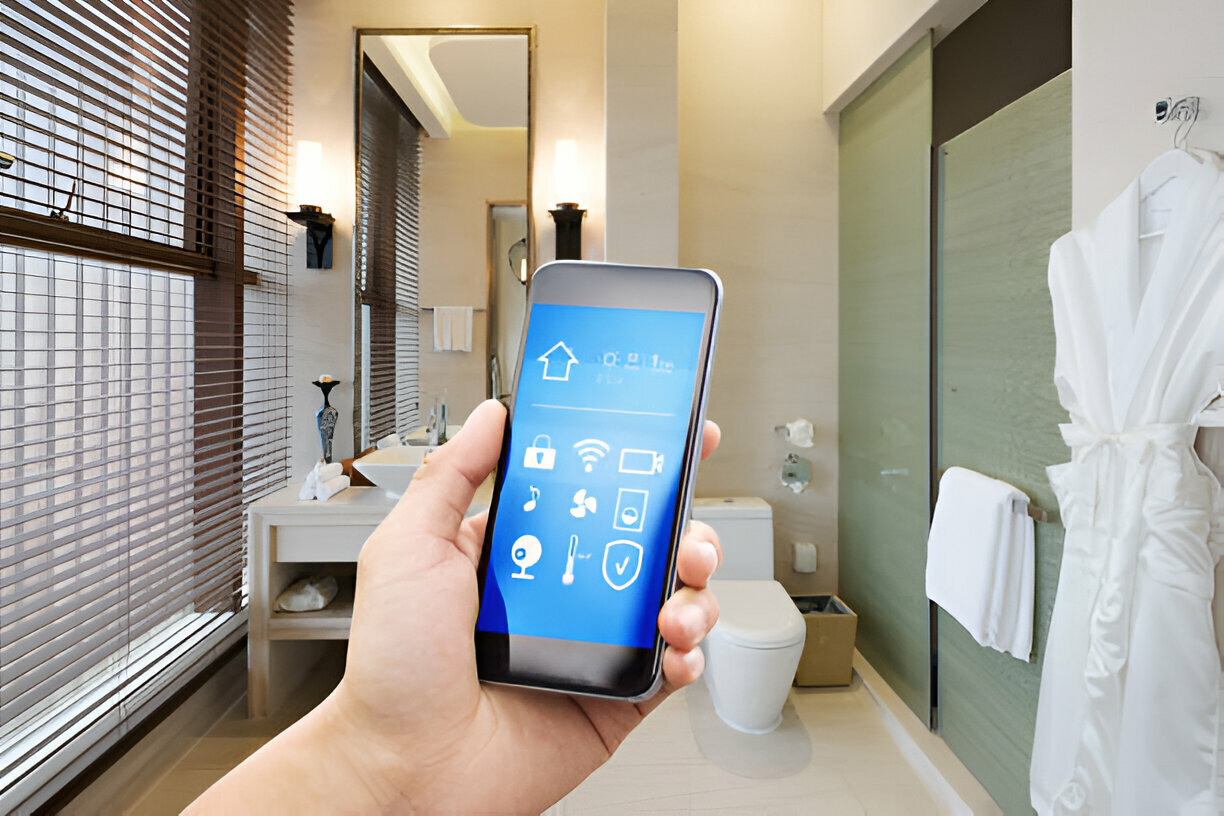
Hygiene stands as a critical concern in modern living, and AI-powered smart toilets have revolutionized this aspect by significantly reducing the necessity for physical contact. Equipped with advanced voice activation technology, these toilets enable users to perform various functions such as flushing, adjusting bidet settings, and opening or closing the lid. All without the need to touch any surfaces.
Many models are designed to smoothly integrate with popular virtual assistants like Amazon Alexa and Google Assistant. This integration allows users to control their toilet experience through simple voice commands, making it possible to customize settings to individual preferences effortlessly.
Features such as adjustable water temperature, pressure settings, and even ambient lighting, ensure smart toilets provide a luxurious and hygiene-focused toilet experience, transforming a traditionally mandated task into a comfortable ritual.
4. Water and Energy Efficiency
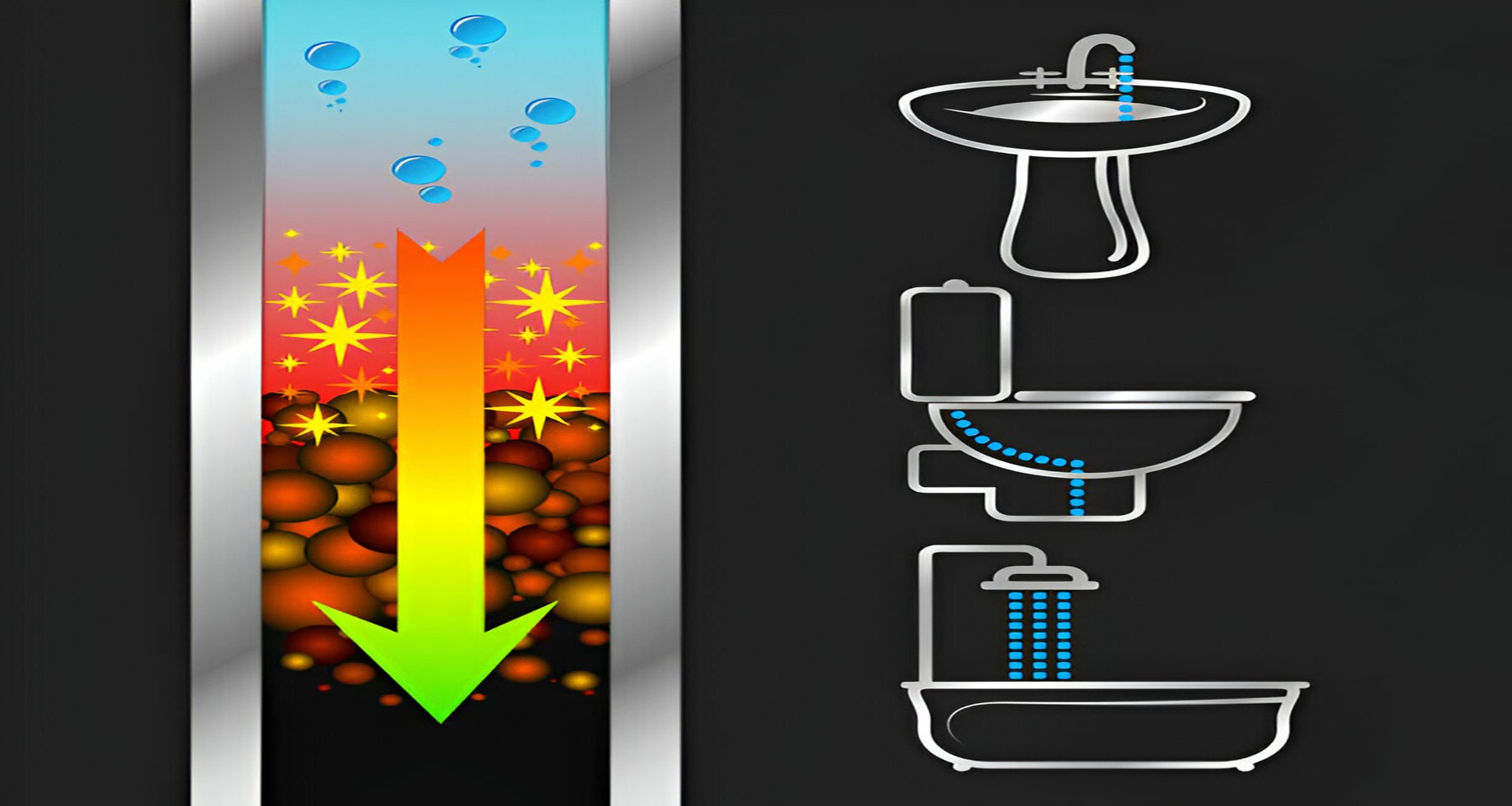
Smart toilets equipped with advanced AI technology have advanced toilet efficiency by analyzing flushing patterns. This intelligent system determines the optimal amount of water required for each flush, ensuring that water usage is minimized without compromising performance. By monitoring user habits and adjusting accordingly, these toilets not only conserve water but also contribute to a more sustainable household.
AI capabilities extend to energy management as well. These smart toilets can intelligently regulate features such as seat heating and ambient lighting. By utilizing sensors to detect user presence and activity, the system can automatically adjust these settings, preventing unnecessary energy consumption during periods of inactivity.
Market Growth and Adoption Trends

The demand for AI-powered smart toilets is experiencing a significant and steady increase, driven by several key factors. First, heightened hygiene awareness, particularly in the wake of global health challenges, has prompted consumers to seek more advanced sanitation solutions that offer enhanced cleanliness and convenience.
An aging population is increasingly on the lookout for toilet fixtures that provide greater accessibility and ease of use, making smart toilets an attractive option. Countries that are at the forefront of smart toilet technology adoption, such as Japan, the United States, and Germany, showcase innovative features like integrated bidet functions, self-cleaning capabilities, and health-monitoring sensors.
Challenges and Future Outlook
Despite their numerous advantages, AI-powered smart toilets encounter several significant challenges that hinder widespread adoption. One of the primary obstacles is the high cost associated with the initial investment in such advanced technology, which can deter potential consumers. Many households may view smart toilets as a luxury rather than a necessity, leading to hesitancy in making the switch.
Privacy concerns surrounding the collection and usage of health data pose a critical challenge. Consumers may worry about how their data is stored, whether it is susceptible to breaches, and who ultimately has access to this sensitive information. To deal with these concerns, manufacturers must prioritize data encryption protocols and transparent privacy policies that inform users about data handling practices.
Conclusion
AI-powered smart toilets are transforming the traditional toilet experience into a cutting-edge hub of hygiene, health monitoring, and sustainability. These advanced devices incorporate AI-driven diagnostics that can analyze waste for health indicators, enabling users to identify potential health issues early on.
As the trend toward smart home technology continues to gain traction, the adoption of AI-powered toilets signifies a major shift in how we approach personal care and health. These toilets not only promise unparalleled convenience, ranging from self-cleaning functionalities to integrated bidet systems but also play a key role in promoting better health outcomes.
By reducing water usage and promoting energy efficiency, smart toilets contribute significantly to a more sustainable lifestyle, making them an important component of modern living in an increasingly eco-conscious world.

